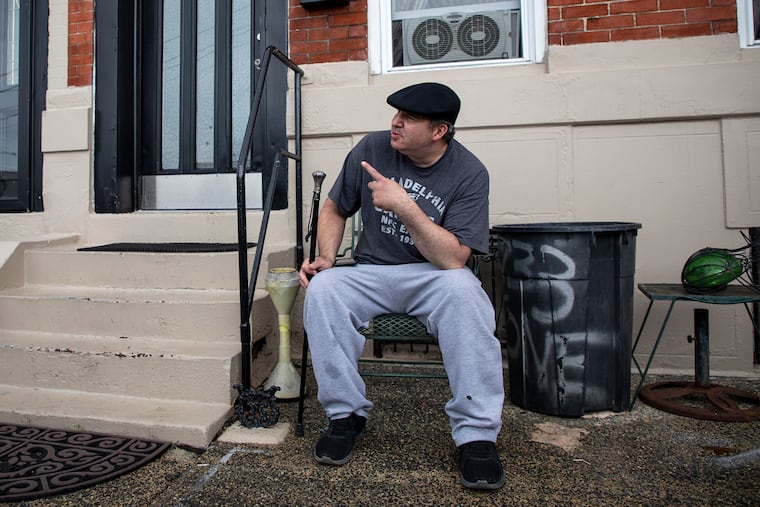Blocks away from South Philly refinery explosion, residents saw what looked ‘almost like a nuclear disaster’
For some, the three-alarm fire and shelter-in-place messages from the city felt like the nightmare they’ve feared for years. The oil refinery is the largest on the East Coast, and is essentially wedged into the backyards of several residential neighborhoods.
